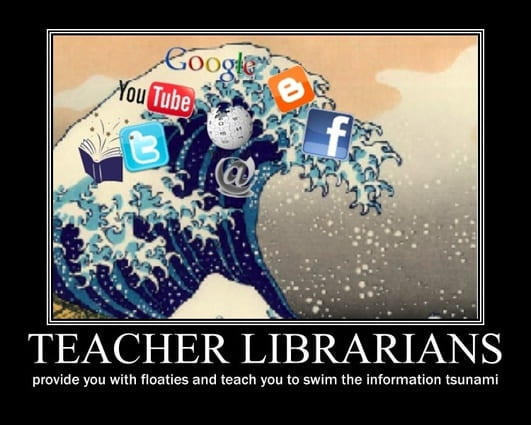While it is quite possible that you either have a Twitter or Facebook account, chances are that your student, while maintaining these accounts, has moved on to other social networks. Just as when we were their age, most of us rejected the things our parents did—thinking them as antiquated. The same is true for the apps and websites that students use to communicate. However, some of these apps can be dangerous or expose them to nefarious content or people.

Here there is a list of 15 apps that every parent should know about. While not all of these apps are dangerous, they are apps that all parents need to know about.
![]()
Twitter is a micro blogging site that allows users to post brief messages — called “tweets” — and follow other users’ activities.
Why it’s popular
Teens like using it to share quick tidbits about their lives with friends. It’s also great for keeping up with what’s going on in the world — breaking news, celebrity gossip, etc.
What parents need to know:
- Public tweets are the norm for teens. Though you can choose to keep your tweets private, most teens report having public accounts (Pew Internet & American Life Project, 2013). Talk to your kids about what they post and how a post can spread far and fast.
- Updates appear immediately. Even though you can remove tweets, your followers can still read what you wrote until it’s gone. This can get kids in trouble if they say something in the heat of the moment.
- It’s a promotional tool for celebs. Twitter reels teens in with behind-the-scenes access to celebrities’ lives, adding a whole new dimension to celebrity worship. You may want to point out how much marketing strategy goes into the tweets of those they admire.
![]()
Instagram is a platform that lets users snap, edit, and share photos and 15-second videos — either publicly or with a network of followers.
Why it’s popular
Instagram unites the most popular features of social media sites: sharing, seeing, and commenting on photos. Instagram also lets you apply fun filters and effects to your photos, making them look high-quality and artistic.
What parents need to know:
- Teens are on the lookout for “Likes.” Similar to Facebook, teens may measure the “success” of their photos — even their self-worth — by the number of likes or comments they receive. Posting a photo or video can be problematic if teens post it to validate their popularity.
- Public photos are the default. Photos and videos shared on Instagram are public unless privacy settings are adjusted. Hashtags and location info can make photos even more visible to communities beyond a teen’s followers if his or her account is public.
- Private messaging is now an option. Instagram Direct allows users to send “private messages” to up to 15 mutual friends. These pics don’t show up on their public feeds. Although there’s nothing wrong with group chat, kids may be more likely to share inappropriate stuff with their inner circles. Also, strangers can send private messages to users; kids then choose to open the message and view or discard the attached picture.
- Mature content can slip in. The terms of service specify that users should be at least 13 years old and shouldn’t post partially nude or sexually suggestive photos — but they don’t address violence, swear words, or drugs.
![]()
Snapchat is a messaging app that lets users put a time limit on the pictures and videos they send before they disappear.
Why it’s popular
Snapchat’s creators intended the app’s fleeting images to be a way for teens to share fun, light moments without the risk of having them go public. And that’s what most teens use it for: sending goofy or embarrassing photos to one another. Snapchats also seem to send and load much “faster” than email or text.
What parents need to know:
- Many schools have yet to block it, which is one reason why teens like it so much (Pew Internet & American Life Project, 2013).
- It’s a myth that Snapchats go away forever. Data is data: Whenever an image is sent, it never truly goes away. (For example, the person on the receiving end can take a screenshot of the image before it disappears.) Snapchats can even be recovered. After a major hack in December 2013 and a settlement with the FTC, Snapchat has clarified their privacy policy, but teens should stay wary.
- It can make sexting seem OK. The seemingly risk-free messaging might encourage users to share pictures containing inappropriate content.
